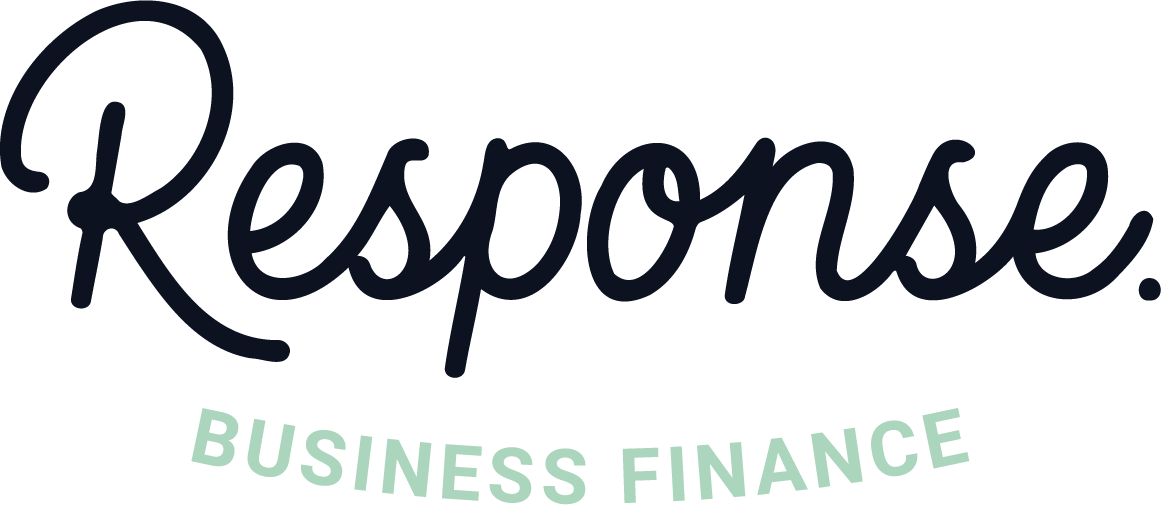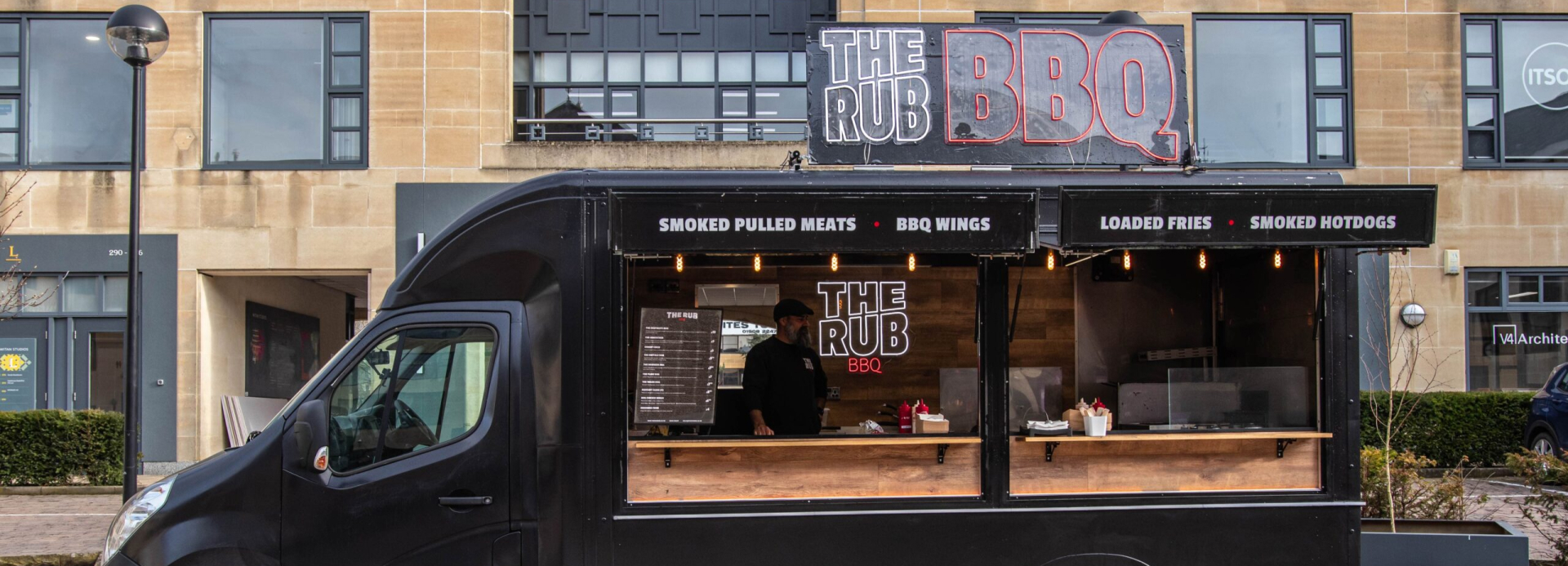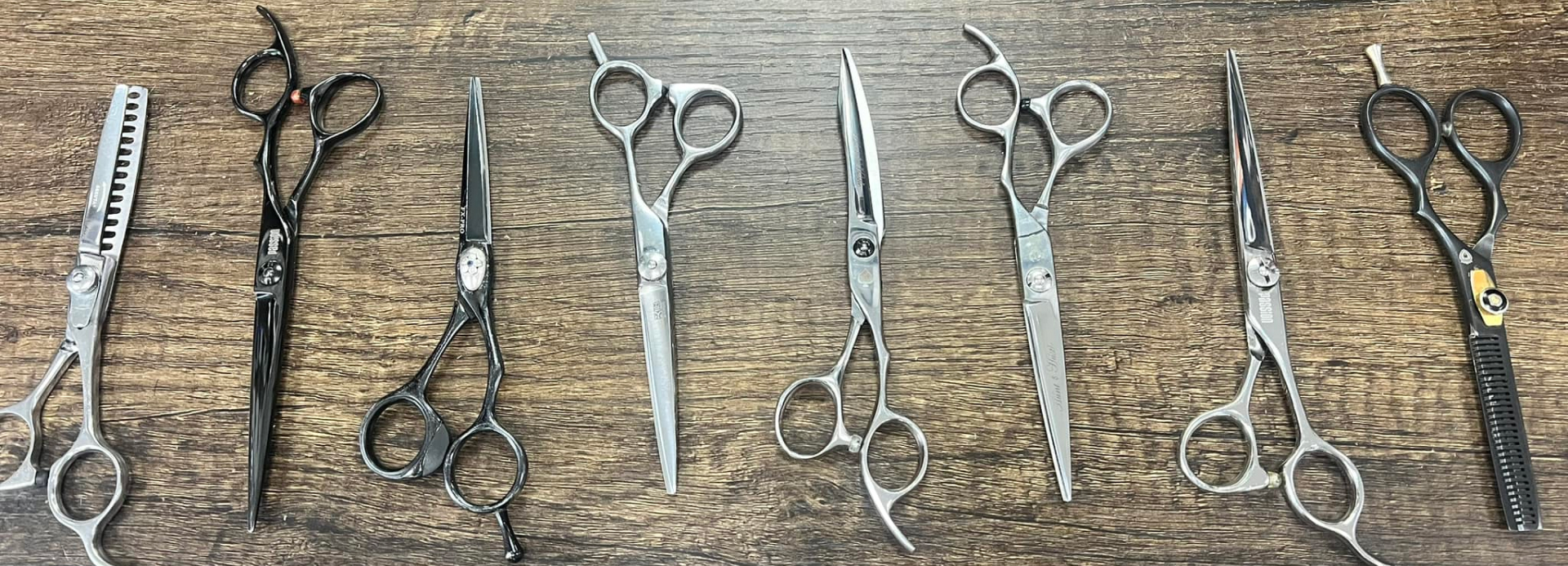
Blog Article by Response Business Finance
Emergency Business Loans: When and How to Use Them
Your main supplier just went bust. Equipment breaks down on your busiest trading day. A major client delays payment for the third month running.
Sound familiar? Nearly half of UK small businesses face cash flow challenges, according to QuickBooks, with 62% of invoices being paid late. When cash runs tight and bills pile up, waiting weeks for a bank loan isn’t an option.
That’s where emergency business loans come in. But before you apply, you need to know when they’re the right move and when they’ll make things worse.
What Are Emergency Business Loans?
An emergency business loan is fast-access finance designed to help businesses tackle unexpected cash flow problems or grab time-sensitive opportunities. Unlike traditional bank loans that can take weeks or months, emergency funding typically lands in your account within 24 to 48 hours.
The key difference isn’t just speed. Emergency lenders focus on your recent trading performance and ability to repay, not on years of accounts or perfect credit scores. They’re built for moments when you need cash now, not next month.
These loans usually come as unsecured business loans (no collateral required) or secured against assets. Amounts typically range from £1,000 to £500,000, though some lenders go higher. Repayment terms usually run from 3 months to 5 years, with fixed monthly payments.
The trade-off? Speed costs money. Interest rates on emergency loans are generally higher than standard business borrowing. You’re paying a premium for convenience and fast decision-making.
If you’re facing an urgent situation and need to understand your options quickly, get in touch with our team for a straightforward conversation about what’s available.
When Emergency Funding Makes Sense
Not every cash crunch needs emergency finance. But certain situations genuinely call for fast action.
Equipment Breakdown
Your van dies. Your restaurant’s cold room packs up. Manufacturing equipment fails mid-production run. When core business assets break, delays cost you sales and customers.
Take RuffEdge Sharpening Services. As a new business, they needed funding for sharpening equipment and cash flow support for marketing and training. Traditional lenders hesitated because the business was new. Within days, they had the asset finance to buy equipment and unsecured funding for cash flow needs. The result? They established themselves in their niche and launched professional marketing.
Unexpected Tax Bills
A surprise VAT bill or corporation tax payment can wreck your cash flow, especially if you’ve already committed funds elsewhere. Emergency funding lets you meet HMRC deadlines without raiding working capital or missing supplier payments.
Late Customer Payments
Research from FreeAgent shows that 62.6% of SME invoices are paid late. When clients stretch payment terms or go silent, you still have wages, rent, and supplier invoices to cover.
Float Hub faced exactly this challenge. When Covid hit just months into trading, budget overruns and disrupted operations created urgent funding needs. Working with us, they secured equipment financing, unsecured finance for contingency, and a credit facility to support growth. They went on to become London’s premium floatation therapy centre.
Seasonal Cash Flow Gaps
Retail, hospitality, trades, and tourism all face seasonal peaks and troughs. Emergency funding bridges quiet periods so you can keep staff on, maintain stock, and be ready when busy season returns.
Time-Sensitive Opportunities
A supplier offers bulk stock at 40% off, but only if you buy this week. A competitor’s lease comes up and the location is perfect. Sometimes opportunities won’t wait for a standard loan process.
Wondering if your situation justifies emergency funding? Fill out our online form and we’ll give you an honest assessment within hours.
When Emergency Loans Are NOT the Answer
Let’s be clear: emergency loans solve temporary problems, not structural ones. If your business has ongoing issues, fast cash might feel like relief but it’s just kicking the can down the road.
Let’s be clear:
One in 190 UK companies entered insolvency between February 2024 and January 2025, according to government data. Cash flow issues often start the slide. If your problems are long-term or structural, speak to an accountant or business advisor before taking on more debt.
Emergency funding works when you’ve got a sound business model temporarily disrupted by events outside your control.
Types of Emergency Business Finance
Different cash flow problems need different solutions. Here’s what’s actually available.
| Finance Type | How It Works | Best For | Typical Timeframe |
|---|---|---|---|
| Unsecured Business Loan | Borrow without collateral, fixed repayments | General cash flow needs, no assets to secure | 24-48 hours |
| Secured Business Loan | Borrow against property or assets, lower rates | Larger amounts, you own valuable assets | 2-7 days |
| Asset Finance | Spread equipment costs, asset serves as security | Equipment purchase or replacement | 24-72 hours |
| Invoice Finance | Unlock up to 90% of unpaid invoice value | Late-paying customers, B2B businesses | 24 hours |
| Merchant Cash Advance | Advance on future card sales, repay as % of takings | High card transaction businesses (retail, hospitality) | 24 hours |
| Business Overdraft | Pre-arranged borrowing on your account | Very short-term buffer, already set up | Instant (if arranged) |
The Rub BBQ needed funding to franchise their successful Milton Keynes brand nationwide. The challenge? Most lenders don’t understand franchise models. We structured business expansion loans for the franchise rollout plus tailored franchise loans for new franchisees covering marketing and vehicle finance. The result was a scalable nationwide franchise backed by solid financial strategy.
Each funding type suits different situations. If you’re unsure which option fits your needs, our team can talk you through the pros and cons. Give us a call and we’ll explain what makes sense for your specific circumstances.
How to Access Emergency Funding Fast
Speed matters in emergencies, but preparation makes you faster. Here’s how to move quickly.
Get Your Documents Ready
Most lenders need:
Having these ready before you apply can cut days off the process.
Meet Basic Eligibility Criteria
Typical requirements include:
Some lenders may ask for a personal guarantee, especially for larger amounts or if your business credit history is limited.
Choose the Right Lender
Create a shortlist of 3-4 providers based on your research, then request detailed proposals from each. Compare not just costs, but total value including service levels, technology, and industry expertise.
Consider running a pilot arrangement with your preferred provider before committing to long-term contracts. Some providers offer short-term trials that let you test their service quality and platform usability.
Don’t rush the decision. The British Business Bank’s research shows that businesses taking time to properly evaluate funding options achieve better long-term outcomes.
Making Emergency Loans Work for You
Getting the money is one thing. Using it wisely is another.
Have a clear plan. Know exactly what you’re using the funds for and how they’ll solve your immediate problem. Vague plans lead to wasted money and ongoing problems.
Calculate the true cost. Work out total interest and fees over the loan term. Higher rates on short-term loans can still cost less overall than cheaper long-term borrowing.
Ensure you can repay. Run the numbers on your cash flow. Can you comfortably make monthly payments even if trading stays flat? If not, you’re taking a risk that could make things worse.
Address the root cause. If late payments caused your cash flow crisis, tighten your credit control. If equipment failure caught you out, budget for replacements. Don’t just patch the problem.
If you need help working out whether emergency funding makes sense for your situation, our team can walk you through the maths. We’d rather tell you honestly if borrowing isn’t right than push you into something that doesn’t work. Get in touch for a realistic assessment.
How Response Business Finance Approaches Emergency Funding
We know cash flow emergencies because we’ve faced them ourselves as business owners. That perspective changes everything.
When Zen Beauty needed funding to expand services, purchase equipment, and maintain cash flow during growth, we didn’t just process an application. We took time to understand their vision and structured a new start loan for marketing and start-up costs, asset finance for equipment, site upgrades, and training support. They introduced advanced treatments, upgraded facilities, and expanded their client base without personal financial strain.
We’re FCA regulated, which means we follow strict standards. But regulation doesn’t mean rigid. We look at your actual situation, not just tick-box criteria. Our goal is finding solutions that work long-term, not quick transactions that leave you struggling.
If you’re facing an urgent situation and need honest, practical advice about your options, reach out to us. We’ll tell you straight whether emergency funding makes sense or if there’s a better approach.
Frequently Asked Questions
Mark Squires
Managing Director
Mark Squires is a seasoned professional with a passion for transforming how businesses access finance. As the founder of Response Business Finance (RBF), Mark leads a boutique commercial brokerage built on the principles of sensibility, ethics, and proactivity. His vision is simple yet profound: to make commercial finance personal, offering tailored solutions that empower SMEs to thrive.




